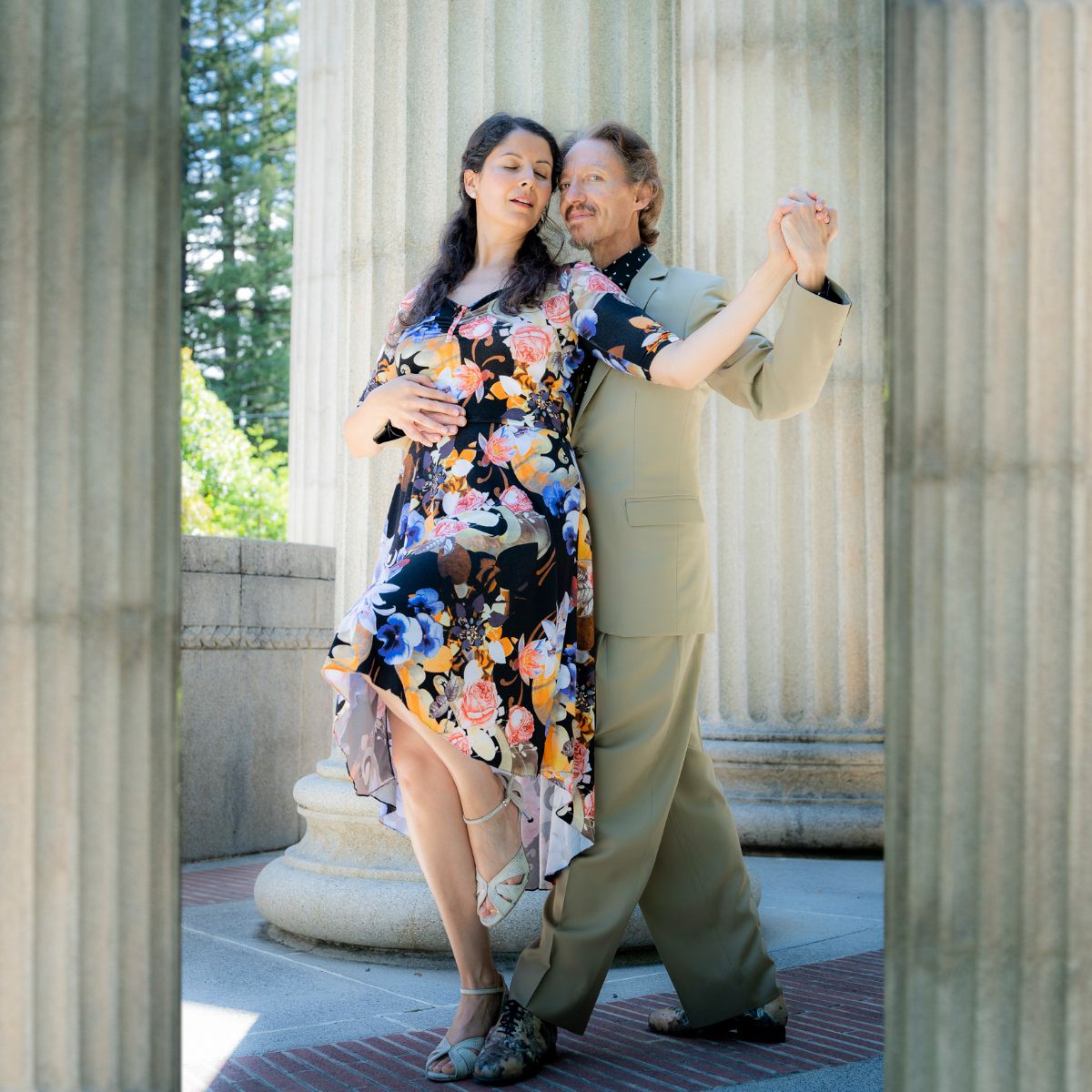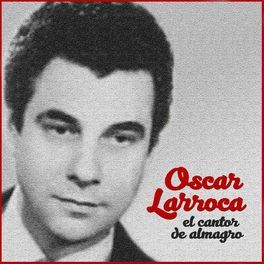Tag: investigation
Elevate Your Tango Experience: Warm-Up Exercises for Argentine Tango
Elevate Your Tango Experience: Warm-Up Exercises for Argentine Tango
Warming up is an essential in Argentine Tango. Just like any dance form, preparing your body and mind for the intricate movements and connections that Tango demands is crucial.
I give you a clue that may help you to understand Tango better: Tango is close to you.
You may have missed it in the lyrics. They always talk about things that are familiar, things that sometimes we miss very much because they are so close to our emotions that become strongly present even in their absence. It is the neighborhood were you grow up, it is your close relationships with relatives and friends, your loved ones, those familiar things and tasks of every day, even when they are in a distant past. They are part of you forever. They are embracing you.
There is also an opposite idea of what Tango may be: it is the belief that Tango is something that happens far away, in a place from which we are excluded. For instance: a stage, a space that you are not allowed in, a scenography of unreality, flashy lights that leave you in the shadows, a fancy wardrobe that you’ll never wear, a script that cannot be interrupted, all things from which you must remain outside and quiet.
Which one is Tango for you?
See more video lessons:
“Rondando tu esquina” by Ángel D’Agostino y su Orquesta Típica with Ángel Vargas in vocals, 1945.
“Rondando tu esquina” by Ángel D’Agostino y su Orquesta Típica with Ángel Vargas in vocals, 1945.

Charlo
Singer, musician, pianist, actor and composer. (July 7, 1906 – October 30, 1990)
In 1928, his profuse presence on record for the label Odeon began not only with Francisco Canaro‘s or Francisco Lomuto’s orchestras, both very popular, but also with guitars. In his abundant discography with Canaro (more than half a thousand songs until 1931), the singer and orchestra alternate protagonism.
From his important work as composer, of rare ability to musically express human drama and romantic rapture, “Rondando tu esquina”, with lyrics by Enrique Cadícamo, stands out.
Listen and buy:
-
Amazon music
-
iTunes music
-
Spotify
We are happy to have a collaboration with the people from tangotunes.com from whom some of you may have heard, they do high-quality transfers from original tango shellacs.
It is the number 1 source for professional Tango DJs all over the world.
- Now they started a new project that addresses the dancers and the website is https://en.mytango.online
You will find two compilations at the beginning, one tango and one vals compilation in amazing quality.
The price is 50€ each (for 32 songs each compilation) and now the good news!
If you enter the promo code 8343 when you register at this site you will get a 20% discount!
Thanks for supporting this project, you will find other useful information on the site, a great initiative.
More Argentine Tango music selected for you:
We have lots more music and history
“Qué lento corre el tren” by Enrique Rodriguez y su Orquesta Típica with Armando Moreno in vocals, 1943.
“Qué lento corre el tren” by Enrique Rodriguez y su Orquesta Típica with Armando Moreno in vocals, 1943.

Carmelo Volpe
Lyricist (July 5, 1909 – March 18, 1967)
Writer, poet and playwright, Carmelo Volpe was born in Buenos Aires on July 5, 1909 and died on March 18, 1967.
Author of the lyrics of well-known musical pieces such as “A una mujer”, a waltz with music by Horacio Salgán; “Cortada de San Ignacio” milonga with music by Horacio Salgán; “Moreno de los morenos” with music by Enrique Maciel, among many others.
In 1940 he was awarded by Radio Belgrano for his work “El intruso”, which was performed in the Modern Theater of this capital by the company of Iris Marga under the direction of Alberto Ballerini.
Listen and buy:
-
Amazon music
-
Apple Music
-
Spotify
We are happy to have a collaboration with the people from tangotunes.com from whom some of you may have heard, they do high-quality transfers from original tango shellacs.
It is the number 1 source for professional Tango DJs all over the world.
- Now they started a new project that addresses the dancers and the website is https://en.mytango.online
You will find two compilations at the beginning, one tango and one vals compilation in amazing quality.
The price is 50€ each (for 32 songs each compilation) and now the good news!
If you enter the promo code 8343 when you register at this site you will get a 20% discount!
Thanks for supporting this project, you will find other useful information on the site, a great initiative.
More Argentine Tango music selected for you:
We have lots more music and history
“Flor de fango” by Alfredo De Angelis y su Orquesta Típica with Oscar Larroca in vocals, 1951.
“Flor de fango” by Alfredo De Angelis y su Orquesta Típica with Oscar Larroca in vocals, 1951.

Oscar Larroca
Singer (5 July 1922 – 26 August 1976)
The violinist of Alfredo De Angelis, attracted by the color of his baritone-like voice, his good intonation and his diction, plus his good-looking appearance, introduced him to De Angelis who hired him immediately.
Oscar quickly adapted himself to the style of the orchestra.
A good blending with Dante takes place and so a harmonious duo with good intonation is born.
They made their debut on Radio El Mundo at the tango program with the greatest audience, Glostora tango club, on April 1, 1951.
On May 10 that same year he cut his first three recordings with the orchestra: “Porque me das dique”, “Llevátelo todo” and “Flor de fango”, imposing a new style and repertory totally different to Julio Martel’s.
In a short time he was recognized by the public who admired the so-called orchestra of the youth, as the De Angelis Orchestra was known.
Listen and buy:
-
Amazon music
-
iTunes music
-
Spotify
More Argentine Tango music selected for you:
We have lots more music and history





